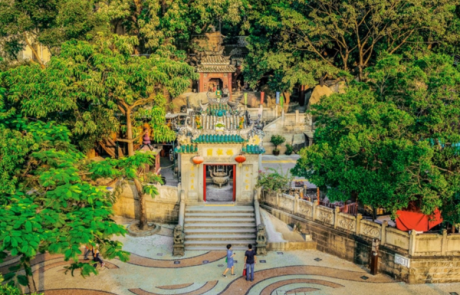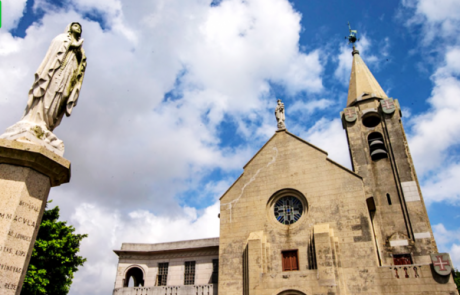About Macau
Located on the southeast coast of Mainland China, Macau has been a point of intersection between Chinese and Western culture for four hundred years, particularly Portuguese culture. You can see the fusion of cultural essences in the details, patterns, and imagery used in Macau’s architecture, nearly everywhere you look. Of particular interest is the Historic Centre of Macau, where the old buildings still thrive, teeming with life and brimming with the mysteries of Macau’s multicultural heritage.
Macao has developed in the past industries such as textiles, electronics and toys, while today has built up world class tourism industry with a wide choice of hotels, resorts, MICE facilities, restaurants and casinos. The total population is estimated at around 678,800. About 90% of Macao residents are ethnic Chinese. The remaining includes Portuguese, Filipino, Vietnamese and other nationalities.Macao’s economy is closely linked to that of Hong Kong and Guangdong Province, in particular the Pearl River Delta region, which qualifies as one of Asia’s ‘little tigers’. Macao provides financial and banking services, staff training, transport and communications support.
Today Macao is a Special Administrative Region of the People’s Republic of China, and, like Hong Kong, benefits from the principle of “one country, two systems”. The tiny SAR is growing in size – with more buildings on reclaimed land – and in the number and diversity of its attractions. The greatest of these continues to be Macao’s unique society, with communities from the East and West complementing each other, and the many people who come to visit. The area covered by Macau is quite small, only 29.9 square kilometers, but its food, ancient architecture, shopping and rich nightlife attract countless tourists.
For more information on things to do and see in Macau, you may go to visit website of Macao government tourism office. (Macao government tourism office)


